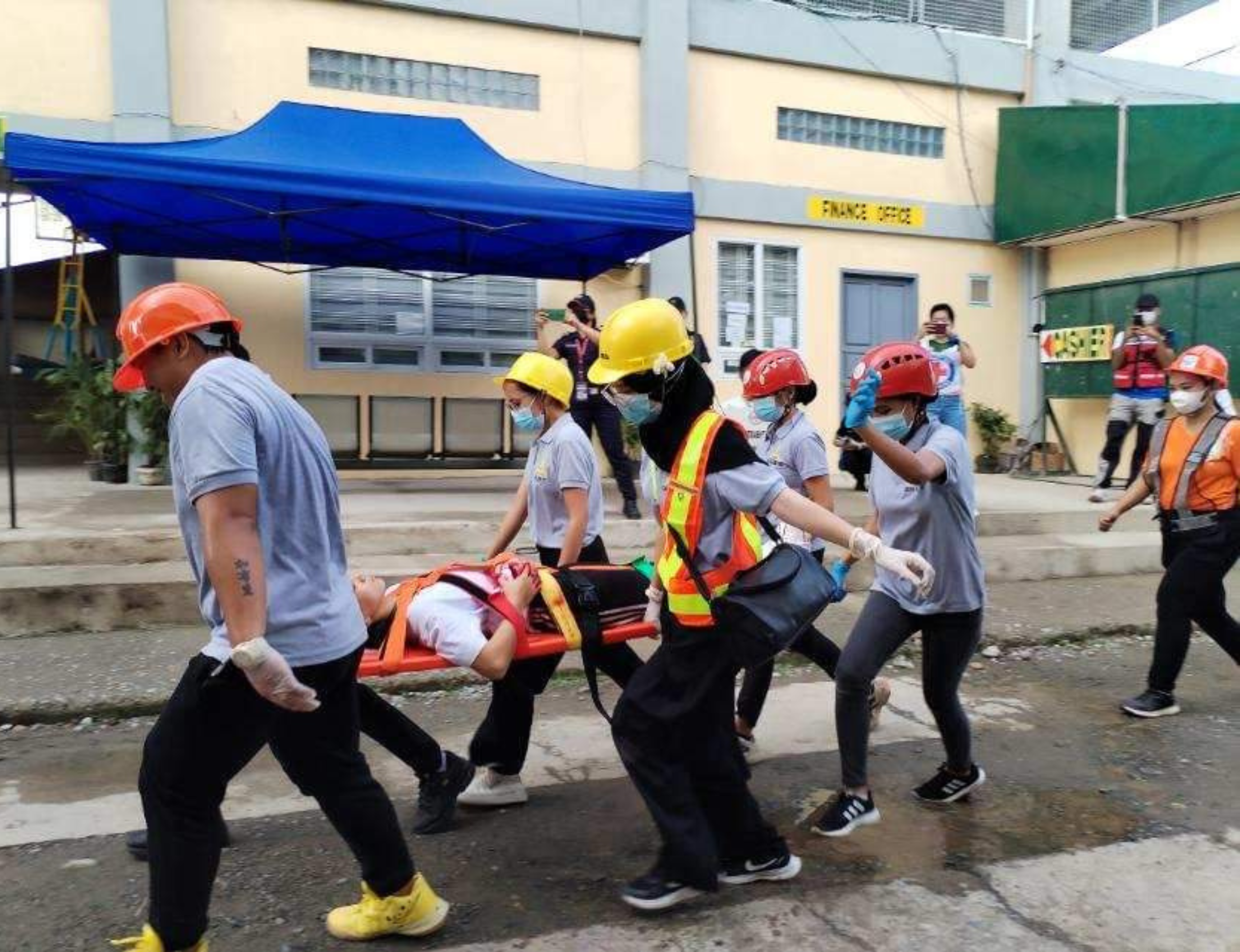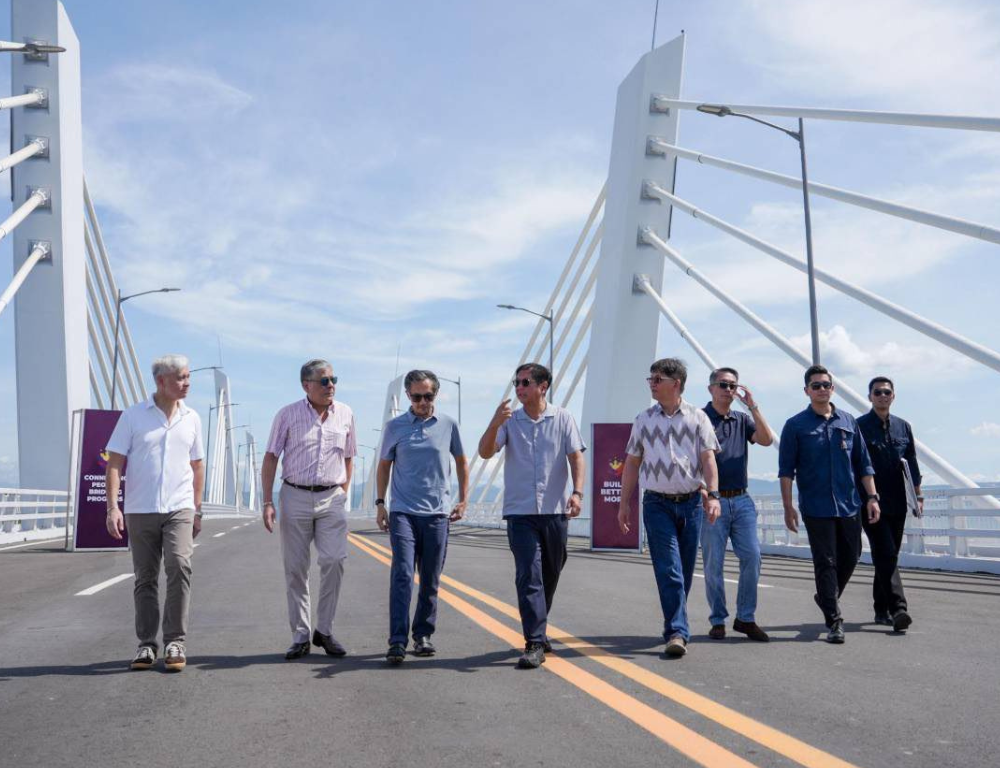
Local government units (LGUs) could save significantly from the economic cost of disasters if they have disaster reduction strategies, an environment official said on Saturday.
Discussing the recently concluded Asia-Pacific Ministerial Conference on Disaster Risk Reduction and Mitigation (APMCDRR) 2024, Department of Environment and Natural Resources (DENR) Assistant Secretary Rochelle Gamboa said yearly data on the economic losses showed the huge economic cost of disasters.
“Ang napakataas po like noong recent po na bagyo. Ang losses po doon sa agrikultura lamang ay umabot ng PhP6 billion,” Gamboa said in news forum in Quezon City.
“But, ang mahalaga po mayroon pong disaster reduction strategies ang mga cities. Ang gastos po na iyon masi-save po nila kung mayroon po silang disaster risk strategy,” she added.
Based on the 2022 data from the Office of Civil Defense (OCD), the country had over 250 disasters. Around 90 of those were caused by natural hazards such as typhoons and floods, Gamboa said.
It also included disasters that were manmade, she added.
Meanwhile, part of the discussions in the disaster risk reduction conference was the use of artificial intelligence (AI) and other technologies to predict, and monitor disasters, as well as to identify solutions for recovery.
Gamboa cited as example the technology from the Philippine Space Agency (PSA) used by the DENR to monitor and map out possible hazards, with the resulting data turned over to the LGUs.
Gamboa also mentioned the landslide incident in Maco, Davao de Oro province last January where some residents stayed in identified landslide prone areas despite warning from authorities. She said local officials should have adopted a more persuasive approach to convince residents to evacuate.
“So, maybe there’s a way that we could actually make it more efficient, make the system and the communications more efficient para maintindihan ng mga tao na hindi sila dapat nagtatayo ng bahay o naglo-locate sa areas na may mga fault lines para ‘pag dumating man ang landslide or even an earthquake, hindi sila gaanong apektado,” she said.
Gamboa said there were proposals from the Asian Development Bank (ADB) and the World Bank (WB) on the use of insurance mechanisms to prevent displacement of residents. There were discussions during the conference on how to prepare and finance the community to ensure they don’t have to build shelters in high-risk areas, she added.
Some 4,000 delegates including leaders, experts, scientists, academicians from 39 member-countries of the Asia-Pacific region joined the APMCDRR 2024 in Pasay City from October 14 to 17 to strengthen regional cooperation and meet the goals of the Sendai Framework. (PCO)











